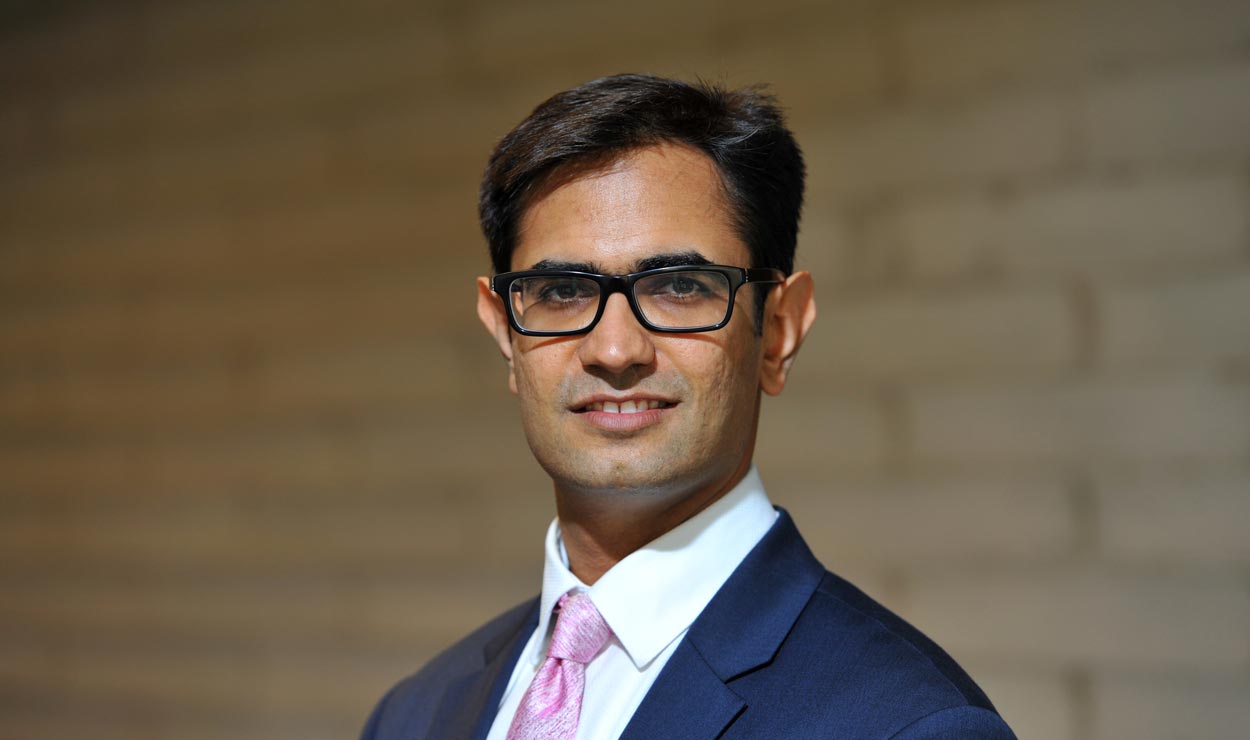
In the aftermath of IL&FS episode, we believe the credit market has become slightly illiquid due to shift in investor sentiments, said Sandeep Jethwani, Managing Partner and Head – Advisory Group, IIFL Investment Managers.
In current volatile markets, Sandeep Jethwani recommends asset allocation for conservative, moderate and high-risk investors in the age group of 31-40 and 41-50 years.
For 31-40 age group, conservative investor, he advises a debt-equity mix of 75:25, for a moderate investor, a debt-equity mix of 40:60 and for an aggressive investor, it should be 15:85.
For investors in 41-50 age group, he said he would be a bit more conservative than 31-40 age-group. For a conservative investor, he suggests a debt-equity mix of 85:15, for a moderate investor, a debt-equity mix of 50:50 and for an aggressive investor, he recommends a ratio of 25:75.
In an interview with Moneycontrol’s Hiral Thanawala, Jethwani also talked about investment strategy for new investors and concerns to watch out for among others. Edited excerpts:
Q. What is your advice to new investors waiting to enter in equity markets post correction?
A. While the primary driver has to be the asset allocation chosen, for fresh flows investors should stagger their deployments over the next 6-12 months while staying focused on the large cap instruments.
Earnings recovery green-shoots give us the optimism to add equities on declines. But the headwinds of upcoming state and general elections, macroeconomic concerns in form of high oil prices and elevated current account deficit and generally languishing sentiment towards emerging market assets amongst FIIs keeps our over-all optimism in check. We will not advocate investing large percent upfront in form of lump sum at current valuations.
Given tightening local and global liquidity and Indian macro concerns and overall risk-reward from a valuation perspective, we continue to prefer largecaps over small and midcaps for fresh equity allocation.
Q. Recently, IIFL Investment Managers has launched IIFL-ONE platform. Can you elaborate on services under this platform?
A. IIFL-ONE brings together all platforms of IIFL Wealth into a single, integrated offering. Through this platform, we focus on providing goal-oriented, institutional-grade portfolio management for clients.
IIFL-ONE brings together our focus on providing cost efficient access to best-of-breed fund managers across asset classes, process driven investing based on portfolio guidelines defined by the client and differentiated privileges like access to bespoke wealth structuring, consolidation of portfolio and efficient lending rate. It fully aligns the client and IIFL Wealth through a unique all-in-fee platform.
Q. With rising interest rates, what strategy do you recommend to debt investors?
A. In the current environment, our recommendation to investors has been to stay on the shorter end of the curve while focusing on the upper end of credit quality.
While the MPC voted for a pause in recent policy meeting, the stance unanimously shifted from neutral to calibrated tightening. We believe the headwinds of INR depreciation, high oil prices and raising US interest rates may persist for time to come and hence advise investors to focus on the shorter end of the curve.
In the aftermath of IL&FS episode, we believe the credit market has become slightly illiquid due to shift in investor sentiments, said Sandeep Jethwani, Managing Partner and Head – Advisory Group, IIFL Investment Managers
Q. While closer to retirement and post retirement, what should be investment portfolio of a moderate risk taking investor?
Closer to retirement and assuming no immediate liability– we would recommend 35-40 percent equity and 60-65 percent debt. To meet regular income needs after retirement, investors can opt for systematic transfer plans taking into account their individual taxation, applicable exit loads and other sources of regular income.

Read the original article:
Moneycontrol
